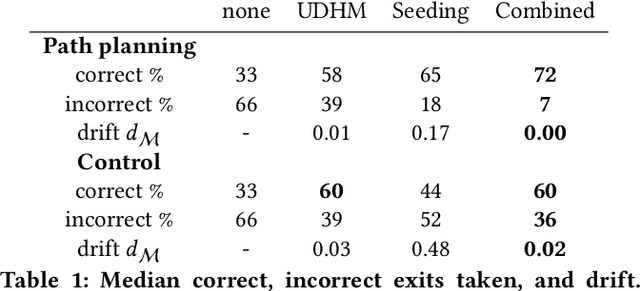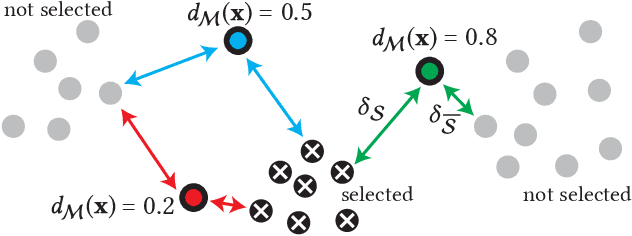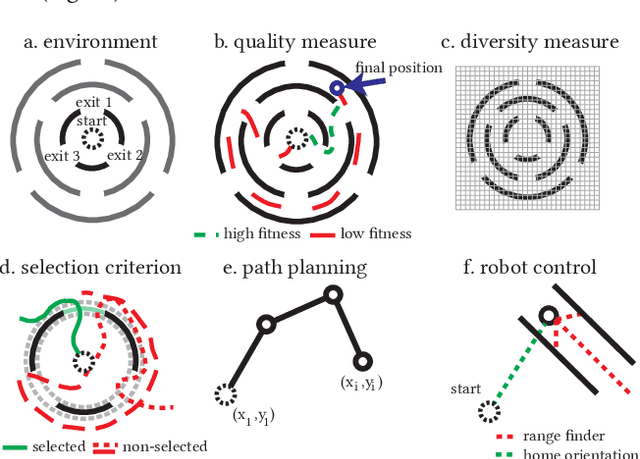Modeling User Selection in Quality Diversity
Paper and Code
Jul 16, 2019



The initial phase in real world engineering optimization and design is a process of discovery in which not all requirements can be made in advance, or are hard to formalize. Quality diversity algorithms, which produce a variety of high performing solutions, provide a unique chance to support engineers and designers in the search for what is possible and high performing. In this work we begin to answer the question how a user can interact with quality diversity and turn it into an interactive innovation aid. By modeling a user's selection it can be determined whether the optimization is drifting away from the user's preferences. The optimization is then constrained by adding a penalty to the objective function. We present an interactive quality diversity algorithm that can take into account the user's selection. The approach is evaluated in a new multimodal optimization benchmark that allows various optimization tasks to be performed. The user selection drift of the approach is compared to a state of the art alternative on both a planning and a neuroevolution control task, thereby showing its limits and possibilities.
 Add to Chrome
Add to Chrome Add to Firefox
Add to Firefox Add to Edge
Add to Edge